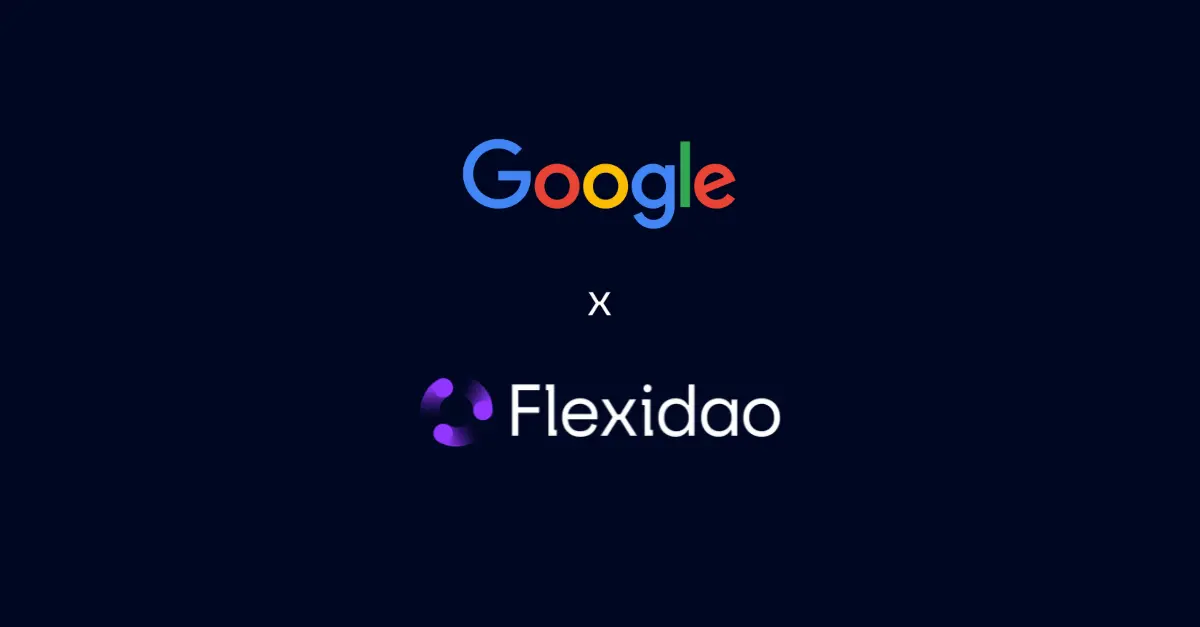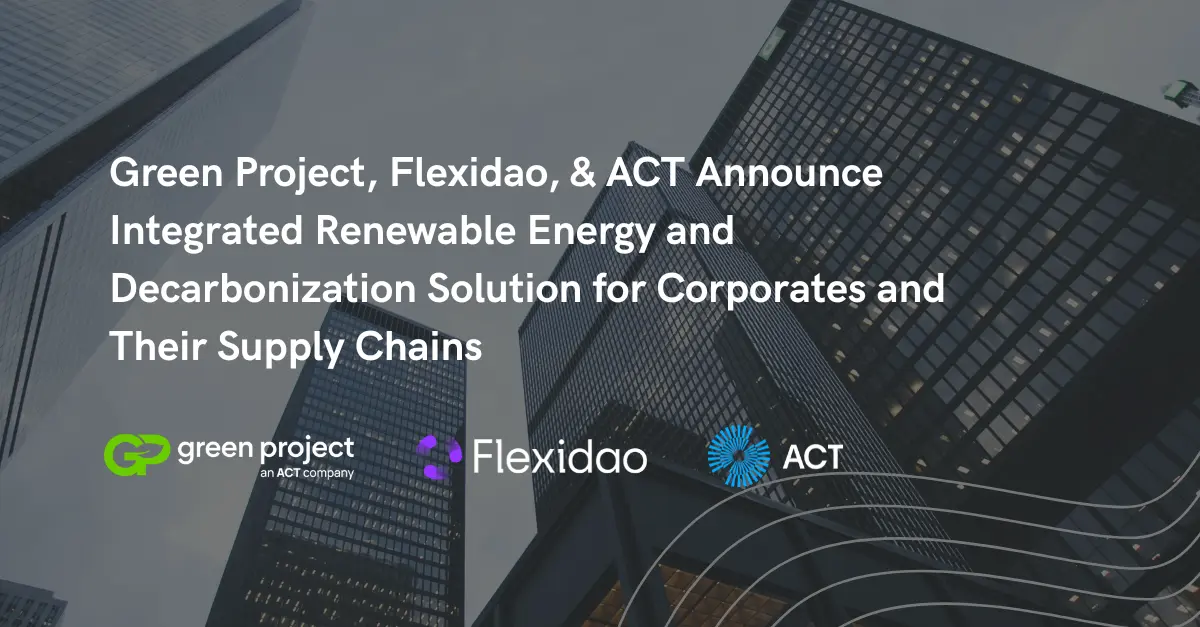Manage Your Energy Data: Energy Management Software Types And Differences
Manage Your Energy Data: Energy Management Software Types And Differences
Explore the different types of energy management software and their benefits with Flexidao's comprehensive guide.
For companies, staying informed about their energy usage is crucial, and they depend on different types of software to handle, track, and document energy consumption.
Within an organization, multiple teams depend on energy data access to achieve their unique goals. The sustainability teams need the data for precise environmental reporting, while the energy teams utilize it to enhance operational efficiency. The procurement teams rely on this information to make informed purchasing decisions, and the finance teams depend on it for accurate financial reporting and efficient budgeting.
However, the primary challenge arises from the fact that these teams presently function within separate data silos, each utilizing different software solutions to collect and manage their respective data.
This brings up the core inquiries:
- What software choices are available for collecting, analyzing, and reporting energy data?
- How can we efficiently handle and merge this valuable data?
In this article, we'll examine the distinctions among three software types commonly employed for this objective: Sustainability Software, Energy Management Software (EMS), and Renewable Energy Monitoring Software. We'll delve into their key functionalities and weigh the advantages and disadvantages of each to offer a comprehensive overview.
Sustainability Software:
Sustainability software is designed to track and manage environmental compliance. The primary function of sustainability software is to collate emissions data and transfer it to sustainability reports for easy analysis and reporting.
It helps organizations monitor and report on their sustainability initiatives, ensuring compliance with regulatory standards and industry best practices. Integrating sustainability software with energy management tools provides a comprehensive view of energy and environmental performance.
Sustainability reporting has become an essential aspect of modern businesses, with companies seeking to reduce their environmental impact and improve their social responsibility. Sustainability software has emerged as a valuable tool in recent years, helping companies collect and analyze data related to all aspects of sustainability, as it typically includes features for tracking greenhouse gas emissions, waste management, water usage, and other sustainability-related metrics.
However, sustainability reporting software is not usually specialized in energy and may need more integrations for automated data sourcing. This leads to greater reliance on manual data entry, which increases the risk of reporting errors.
As it is not exclusively tailored for energy, there is usually no access to Renewable Energy Certificates to support renewable energy claims or near real-time carbon emission calculation for 24/7 electricity from renewable energy sources matching.
Moreover, sustainability software usually does not provide visibility on procurement portfolio and Energy Attribute Certificates (EAC’s) origins, requiring manual collection and entry for PPA's or energy attribute certificates data.
Additionally, the low level of automation is often associated with low data granularity, making it challenging to understand the company's sustainability performance.
Despite its limitations, sustainability software offers several benefits, including easing the administrative burden of environmental and sustainability reporting. It also generally covers all areas of sustainability in businesses at a high level.
In summary, sustainability software provides companies with an excellent tool for simplifying their emissions reporting and ensuring environmental compliance. Nonetheless, businesses should be mindful of the limitations of sustainability software and consider using specialized energy management systems for more detailed insights into their energy use and emissions.
Energy Management System (EMS)
Energy Management System (EMS) is a common type of software used by businesses to monitor energy use within a facility. The main function of an EMS is to provide building operators and energy managers with data on energy usage at their sites. One of the advantages of modern EMS software is its ability to monitor energy use at the device level and send alerts for energy use anomalies.
However, a common issue with EMS’s is ensuring consistency in the data used for corporate decision-making. This can be particularly challenging when companies use different EMS software brands, models, and ages across their plants, making it difficult to consolidate data for analysis and reporting.
One area where data consistency is especially important is in sustainability reporting. For example, if a sustainability manager needs to collect data from plants in different regions such as the UK, Spain, the US, and India, it is more likely that they will use different EMS software brands, models, and ages. This can lead to inconsistencies in the outputs of the software, which may come in different formats that need to be consolidated on a single sheet. This increases the costs as well as the risk of human error in collecting, analysing, and sharing energy data.
Despite the challenges, energy management systems remain widely available and sophisticated software options for energy monitoring. EMS software offers detailed and accurate monitoring of energy meter consumption at the site level, with a primary focus on Scope 1 data.
However, it does not monitor the energy source consumed or its related emissions, and there is no visibility on market instruments such as PPA’s or renewable energy certificates. Additionally, EMS software typically collects consumption data automatically through additional hardware devices that require installation, setup, and maintenance or from manual invoice readings.
Renewable Energy Monitoring Software:
Renewable energy reporting has gained significance due to its role in sustainability reporting and corporate renewable energy purchasing.
Monitoring software focused on renewable energy allows companies to establish credibility by providing fast, reliable, and precise insights into near-real-time renewable energy data and related emissions.
The main purpose of this software is to gather and oversee energy sources and their associated emissions. It involves tracking the synchronization of renewable energy production and consumption data to enhance the credibility of renewable energy disclosure.
The software will be more specific to renewable energy, giving more granular information on the specific types of renewable energy used e.g. Energy Attribute Certificates (EACs or GOs, REC, REGOs, etc.), PPA’s, or green supply tariffs. Due to the focus on renewable energy, this software typically won’t capture non-energy information for reporting purposes.
Furthermore, it serves as an excellent tool for managing EACs portfolios, providing valuable insights into purchasing decisions such as the timing, type, and price of energy procurement. It also helps ensure quality and diversity among the sourcing plants and provides information on whether the certificates have already been canceled specifically for you.
What are the main benefits of a renewable energy monitoring software?
- Automates the collection of energy consumption data and Energy Attribute Certificates (EACs) from national registries.
- Provides detailed and accurate monitoring of the source of renewable electricity, enabling granular information and continuous renewable energy matching between production and consumption sites.
- Facilitates energy data from supply chain partners, serving as a monitoring tool for Energy Attribute Certificates (EACs) across the supply chain.
Cons:
- Does not typically track and report non-electricity metrics such as emissions from waste and industrial processes.
One of the primary challenges faced by companies is the collection and reporting of energy data. While it is possible to perform these tasks manually, manual processes are expensive, time-consuming, and susceptible to human error. Automating energy data collection addresses these challenges effectively. However, the capabilities for automating data collection vary across software types.
At FlexiDAO, Our CFE Inventory tool offers an all-in-one real-time monitoring dashboard to streamline your Scope 2 reporting. This enables organizations to track the generation and consumption of renewable energy on both an hourly and annual basis.
Organizations are able to upload EACs, carbon credits, and metering data for all of their sites to gain complete visibility and control over energy data. Our platform displays this data in easy to digest graphs and visual representations for improved oversight.
We provide valuable insights for tracking energy consumption, KPI, inventory of EACs and emissions performance. This can be used for data-driven decision-making and optimizing the utilization of clean energy sources.
With our platform, analytics, and comprehensive reporting features, organizations are monitoring easier, with more detail and security their progress towards renewable energy goals and are showcasing their sustainability accomplishments.
Which software automates energy data collection?
The table below provides a general comparison of the three software types, although specific capabilities may differ among providers. We have tried to compare each software in the table below. We recognise that different providers will have different capabilities but this table give an initial and comparison between the three types.

Which energy management software should you use for energy management and reporting?
While each software type serves specific purposes, by integrating different software types such as Enterprise Resource Planning (ERP), sustainability software, energy management software, and renewable energy monitoring software, organizations can gain a more comprehensive understanding of the entire energy and sustainability management process. This integration allows them to leverage the unique strengths of each solution.
For instance, when energy management software is integrated with ERPs, it provides organizations with a holistic perspective on energy usage and financial data. This comprehensive view enables them to assess the financial implications of energy-saving initiatives and make informed decisions.
Similarly, integrating sustainability software with renewable energy monitoring software empowers organizations to effectively track and report on their adoption of renewable energy. This integration supports their sustainability objectives and ensures compliance with environmental reporting requirements.
How you can use the three types of software for your management, monitoring and reporting process?
We give you an overview of the process that you can implement:
- The Energy Management System would be tracking the company’s consumption sites, assessing the overall energy efficiency inside the company.
- The integration between the EMS and the Renewable Energy Monitoring software is achieved through an API. This integration enables the Renewable Energy Monitoring software to collect energy data directly from the site via the EMS. Additionally, the software has the capability to cross-reference and verify the collected data by comparing it with smart grid data obtained from the local Data Hub. Moreover, the Renewable Energy Monitoring software automatically retrieves other energy market instruments like Energy Attribute Certificates (EACs) from official registries. This functionality supports the company's renewable energy claims and provides a transparent overview of the renewable energy procurement strategy.
- The data collected by the renewable energy monitoring software serves as input for the sustainability reporting software, along with other non-energy data sources such as waste from various parts of the business. With this combined data, the sustainability manager can generate a comprehensive sustainability report that relies on detailed and dependable energy information.
Overall, integrating these software solutions enhances the overall management of energy and sustainability by providing a more complete and streamlined approach.
Check out our article on how to create a sustainability report of your renewable energy here.
Get in touch with us and receive our help today!








